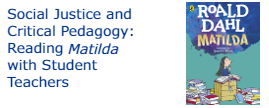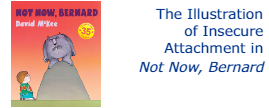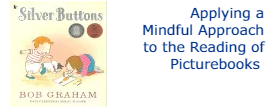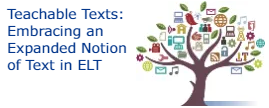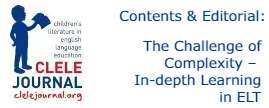
Editorial – Janice Bland
The editorial examines how in-depth learning involves not only a deepening of learning, but also a widening of learning – embracing connections between school subjects, and connections to students’ out-of-school lives. For in-depth learning, experiences need to be shared in a participatory manner. read more

